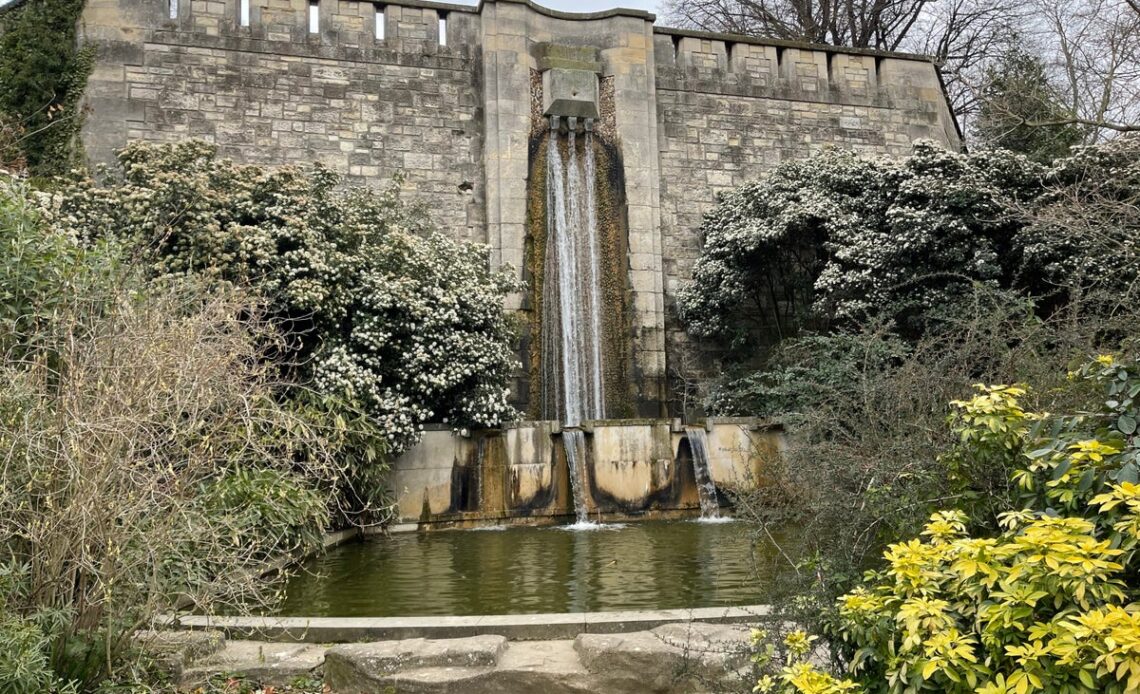Standing in Parc Kellermann, right at the bottom end of the southern 13th arrondissement in Paris – a place few tourists ever stray to – I am going back to the original idea of travel: discovery. I am on a mission to find a secret that Paris has long kept under wraps. Or should that be concrete?
The Bièvre river, the city’s second river, has always played second fiddle to the Seine, and was, at least within the city limits, a solid workhorse. In the 17th and 18th centuries, the tanning and tapestry-making industries of the 13th arrondissement used the river’s water to tan leather and dye wool, and it became a mere receptacle for effluent. Before long, the small river was a stinky stream ruining people’s health. So, in 1912, the city concreted over it. And it got forgotten.
But here it was: the waters that flow into Paris from just outside Versailles were forming a duck pond and waterfall right here in this park. Residents jog alongside and feed the ducks, probably not even knowing that this was a once pretty and useful watercourse that still flows through Paris to later join the Seine in the 5th arrondissement.
The Bièvre in Parc Kellermann
(Ulrike Lemmin-Woolfrey )
It’s still possible to follow its path – if you know where to look. While much of it is marked by golden plaques saying La Bievre, ancient lit, old riverbed, and marking whether it is the still flowing arm of the river, bras vif, or the dead end one, bras mort, there is still some sleuthing involved to find the route all the way to the Seine.
Heading across Boulevard Kellermann and the former belt railway line, the Petite Ceinture, I follow the Rue des Peupliers to Place de l’Abbé Georges Hénocque, and track the Bièvre into the hilly quartier of Butte-aux-Cailles, known for its street art. A slight right, along Rue Henri Pape, and then left into Rue du Moulin des Prés. At the junction, a golden plaque marks the former site of the ‘mill of the meadows’ that stood here by the side of the gurgling Bièvre from the 16th to the 19th century. I peek into the Square des Peupliers, one of those hidden residential oases so often found in Paris, full of tiny lanes and green gardens.
Read more on Paris travel:
Heading left on Rue de Tolbiac, I discover Sainte-Anne Church of Butte-aux-Cailles, built in 1894, on the then still intact banks of the river. From…
Click Here to Read the Full Original Article at The Independent Travel…
